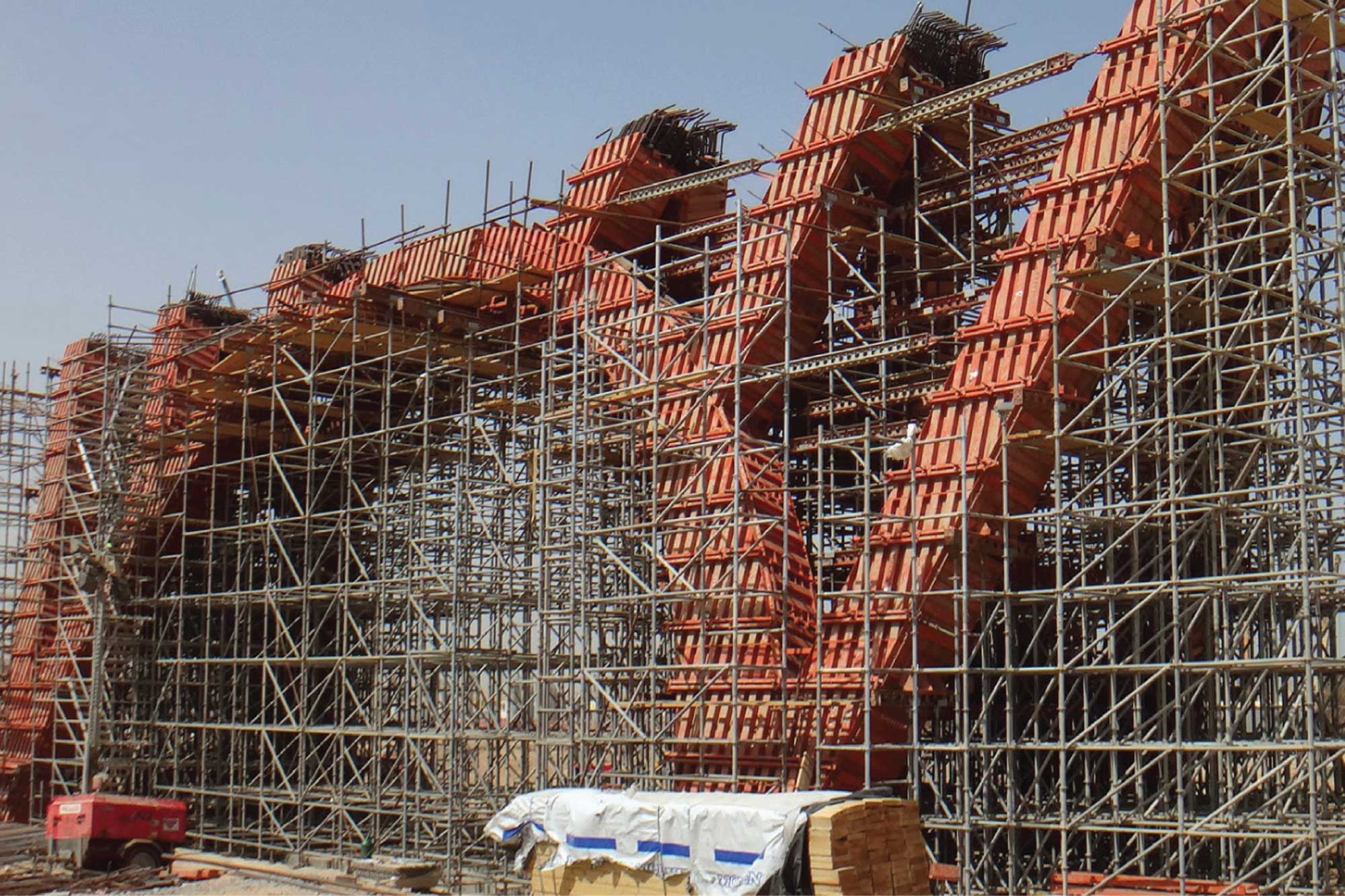Overcoming airport infrastructure challenges using 3D
By Edit Team | July 18, 2016 10:33 am SHARE

As the hubs of global commerce, airport infrastructure is critical to the growing economy of India. But the challenge faced in building modern airport infrastructure can’t be overlooked, according to Arul Raja, Managing Director for global construction equipment specialist RMD Kwikform.
“When it comes to supporting the construction of airports and the road and rail infrastructure that is needed to serve them, you are ultimately dealing with very complex and large scale structures, both under and over ground. So it is imperative that throughout the build process, that each structure is supported safely and practically, using the right methods of construction and equipment,” says Arul Raja, Managing Director of RMD Kwikform.
“Taking these factors into consideration,” Arul observed, “contractors working on such projects in India can learn a great deal from the delivery of other ambitious projects across the World, particularly in the Middle East.” For example, for the new King Abulaziz International Airport in Jeddah, Saudi Arabia, contractor Saudi Binladin PBAD had to construct new road infrastructure to support the 35 million passengers expected to use the airport.
With numerous large bridge structures required for the project, the team turned to RMD Kwikform engineers to supply a variety of formwork and shoring solutions that could support the whole project. This included a huge pier with two arches and 12 columns, which the team wanted to construct in one single
“Due to the scale and complex geometry of the pier; 30-metre long, 15-metre high and 10-metre wide, a 3D model was created to ensure the accuracy of the formwork. With components purpose-made to withstand a maximum concrete pressure of 105KN/m2, the whole project was successfully delivered on time,” said Arul.
Where this road airport infrastructure project was focused on supporting concrete structures, for the construction of the hugely complex Midfield Terminal at Abu Dhabi International Airport, RMD Kwikform engineers had to design a solution to support the installation of 45 metres high steel the arch roof trusses.
Faced with very challenging conditions, including horizontal loads in excess of 100 kN, overturning and wind loads, which all had to be catered for in the solution design, our engineers used specialist 3D modelling techniques to create the complex formwork and shoring solutions required to safety support the iconic project.
Curving in both the horizontal and vertical axes, the construction of the terminal building relied on millimetre accuracy to install each specially fabricated segment needed to make up the arches and a central girder. To increase safety and reduce cost on the project, the design incorporated a modular heavy-duty support system, using our world-leading Megashor product, which was coupled with additional shoring solutions for the steel buttresses and transfer slab that formed the foundations for the arches.
Arul informed, “With both projects designed using 3D technology, the methods of construction and processes around the phasing of the projects were worked out before any equipment even reached the site. This allowed for changes in design to be made before the accurate amount of equipment was dispatched to site, smoothing the whole construction cycle.”
For more information visit www.rmdkwikform.com or email rmd.india@rmdkwikform.com
————————————————————————————————————
…it is imperative that throughout the build process, that each structure is supported safely and practically, using the right methods of construction and equipment.
Arul Raja,
Managing Director
RMD Kwikform.
Cookie Consent
We use cookies to personalize your experience. By continuing to visit this website you agree to our Terms & Conditions, Privacy Policy and Cookie Policy.





































-20240213125207.png)

























